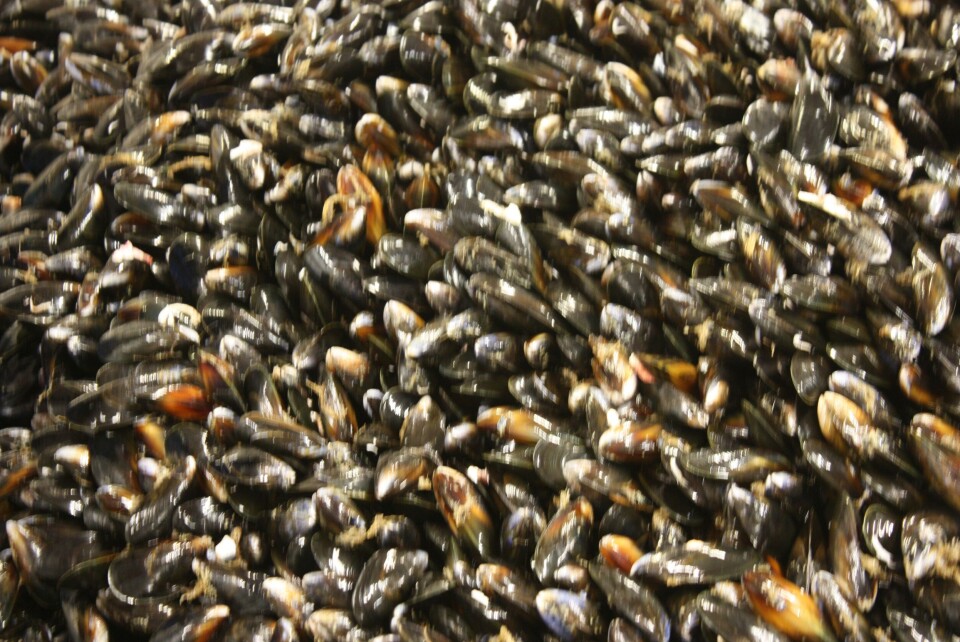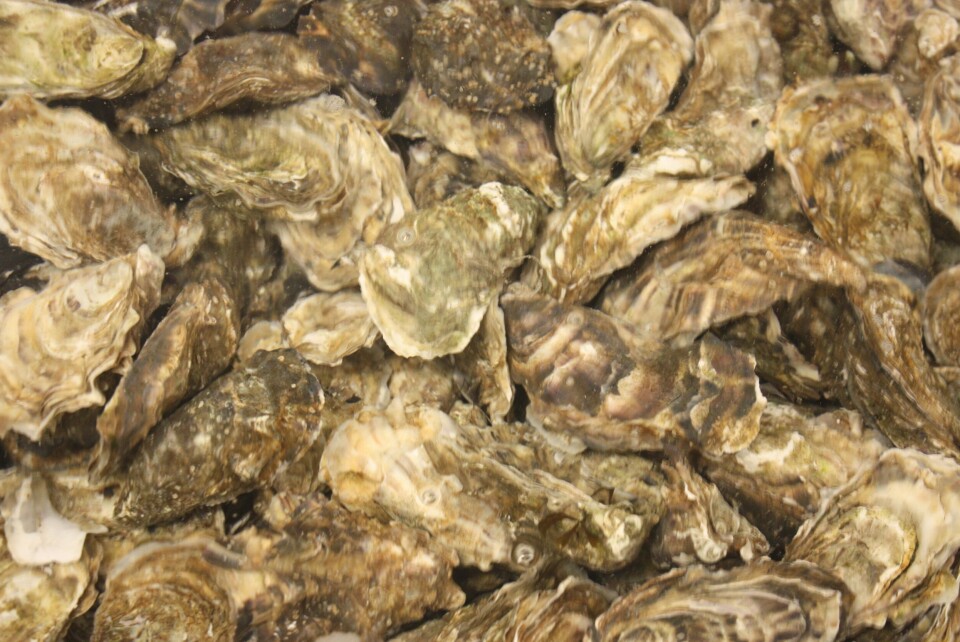
Tide turns for shellfish sector
A £1.3 billion project that could create vast opportunities for the UK’s shellfish growing sector has been backed by a government-commissioned review this week.
The project’s main aim is to generate renewable energy by building a tidal lagoon in Swansea Bay, but the shellfish industry is set to be an additional beneficiary should the initiative go ahead – something that appears more likely following yesterday’s publication of the Hendry Review, which provided a compelling argument for the scheme to go ahead.
Lee Cocker, Seafish Aquaculture Manager, told Fish Farming Expert: “The findings of the Hendry Review are certainly a significant step towards the potential development of the tidal lagoon Swansea Bay (TLSB). Given that TLSB has committed at the outset to co-locating with aquaculture (a significant first in UK offshore marine renewables), and has also committed to developing a shellfish hatchery, this offers very real opportunities for not only Welsh, but UK wide aquaculture."

“There are strong drivers for expanding aquaculture production in the UK; food security, health benefits of eating more seafood, improved environmental sustainability, and increased socio-economic activity. Through its Strategic Investment Programme (SIP) (http://www.seafish.org/industry-support/funding-and-awards/funding/strategic-investment-fund), Seafish is currently supporting a project examining opportunities for aquaculture in/around enclosed marine, water bodies, as well as the development of a generic design for a shellfish hatchery. The TLSB case study has been a significant focus of this work which is being led by Martin Syvret (Aquafish Solutions Ltd) and Andrew Woolmer (Salacia-Marine and Mumbles Oyster Company Ltd) in collaboration with other industry partners,” he continued.
Lee observed that a number of shellfish species, as well as seaweeds, could benefit from the creation of the lagoon.
“Backed by a strong brand potential, shellfish production in the Swansea Bay lagoon could target high value species, whilst there may also be opportunities for seaweed cultivation. However, the farming of aquatic species in the TLSB does pose significant challenges, not least in terms of licensing and day to day operations,” he explained.
And, despite several caveats, he is clearly excited about the project’s potential – not only within the lagoon, but also as a means of supplying the wider UK shellfish industry with juveniles.
“There is no denying that siting aquaculture within the world's first tidal lagoon renewable power project is an exciting prospect, and a hatchery has the potential to benefit a more general expansion of UK shellfish aquaculture,” he explains.
The outcomes of the SIP project will be made available on the Seafish website (http://www.seafish.org/) and are expected within the next few weeks. The aquaculture blueprint which will be presented is one that could be applied not only to enclosed marine waters such as that proposed in Swansea Bay, but other offshore renewables such as wind farms, etc.

SAGB backing
The project has also received the support of the Shellfish Association of Great Britain (SAGB).
SAGB’s director, David Jarrad, told Fish Farming Expert: “In essence the SAGB is supportive of any novel development that can help facilitate the growth in the shellfish aquaculture industry, that growth our government and all UK administrations suggest is important for coastal communities and supports food security. Innovation such as this is good and the cooperative collaboration between developers and cultivators has to be a good thing!”
Next steps
The UK government still needs to agree on a deal and a marine licence would also need to be approved but, in the long run, there are hopes of developing a network of larger lagoons around the UK coast. Indeed, although the Swansea Bay project would be on a massive scale, involving siting 16 turbines along a breakwater, it is seen as being a prototype for much larger lagoons, including off the coast of Cardiff, Newport, Bridgwater Bay, Colwyn Bay and a stretch of the Cumbrian coastline to the north of Workington.























































